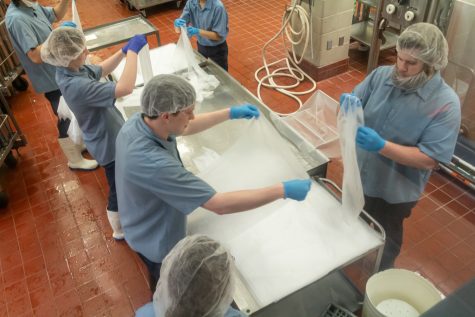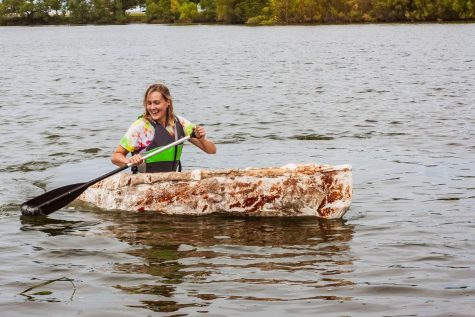Grant provides affordable testing for harmful cherry disease
Researchers will test samples of Little Cherry Disease; disease damages orchards, economy
July 28, 2022
WSU gained access to a $530,589 grant in June to study little cherry disease and fund testing services at WSU’s Plant Pest Diagnostic Clinic, where researchers will receive their first samples this week.
LCD is an infection affecting cherry and stone fruit orchards. The disease causes cherry trees to produce smaller cherries with an unusual color and alters the fruit’s sugar levels or taste, said Scott Harper, Plant Pathology assistant professor.
It slowly spreads through the entire tree, and there is no cure for the disease. Removal of the whole tree is the only method to prevent the spread of LCD in an orchard, he said.
“It is probably one of the worst diseases we have seen in a long time,” Harper said. “It destroys the sellable product, the fruit, so less fruit [is] produced.”
He said producers had to remove individual trees or entire orchards because of the disease–more than 1,000 acres of trees.
“It is a major economic hit to growers and the entire economy built around cherry and stone fruit production in the Northwest,” Harper said. “It is real economic harm to these people’s livelihoods across the central Northwest, from Yakima through Wenatchee.”
There are two species of LCD: LChV-1 and the more common LChV-2. The viruses are genetically different but have the same effect on cherries. The viruses can also infect peaches and other stone fruit, but the symptoms on those fruits are minor, he said.
Much like LCD, X-disease causes similar symptoms in cherries and stone fruit, so they are often classifed together, Harper said. It is caused by phytoplasma, which is a type of bacteria that can infect stone fruit.
Between 2015-20, more than 238,856 trees have been removed due to LCD and X-disease, according to a WSU article.
LCD and X-disease can infect the same tree, with no way to tell the difference between the virus and phytoplasma, Harper said.
“You do not know just by looking at it or tasting the fruit,” he said. “A lab test is sometimes the only way to tell whether it is the virus or that phytoplasma. Usually it is both.”
If a tree is potentially infected, producers can send a sample from the tree to be evaluated and diagnosed at WSU’s Plant Pest Diagnostic Clinic. Producers can download a form on the clinic’s website and send a sample for $50 – half the price of traditional testing, said Tim Murray, professor, department chair, and Rosalie and Harold Ray Brown distinguished endowed chair in Plant Pathology.
Murray said the three-year grant from the WSDA allows WSU to charge a lower cost and make testing more affordable for producers. It also increases the lab capacity for more sample testing and funds new equipment.
To determine if a sample is infected, researchers can use a polymerase chain reaction test, Harper said.
“[PCR] is a DNA or RNA-based method [used] to amplify a specific piece of the virus’ genome to confirm that that pathogen is there,” he said.
Transmission of LCD is via mealybugs, and X-disease spreads via leafhoppers, said Tobin Northfield, Department of Entomology assistant professor at the WSU Tree Fruit Research and Extension Center. The insects first feed on the infected plant and suck up phytoplasma before the pathogen travels from the gut to the mouth, and the insect spits it into the next plant.
Although the disease is incurable, Northfield said producers can try to reduce leafhopper populations by applying kaolin clay to leaves or using white tarps from Extenday to cut off leafhoppers’ main source of food.
WSU’s grant has just begun this year, but Murray said he hopes producers will use testing services at the clinic in the future as it is in everyone’s best interest.

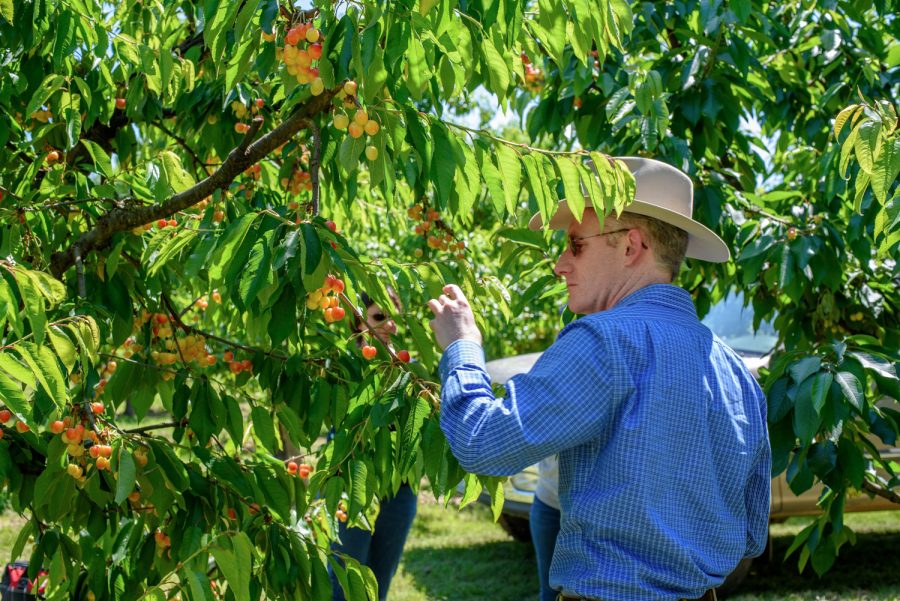





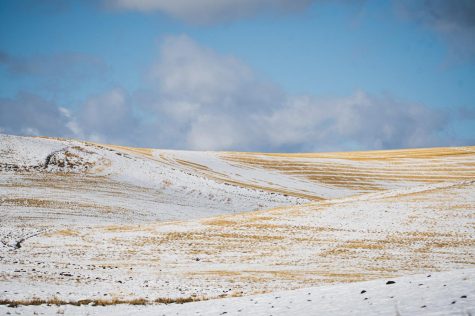
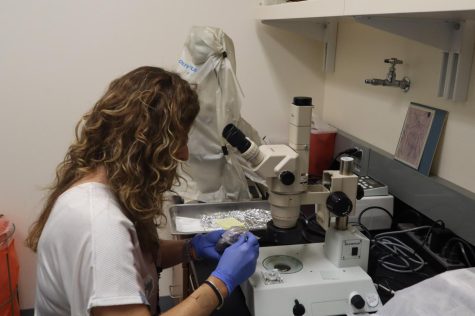
![“[The heat] really has an effect on how much we have available to meet orders every week.](https://dailyevergreen.com/wp-content/uploads/2022/08/DSC_0565-2-475x316.jpg)



